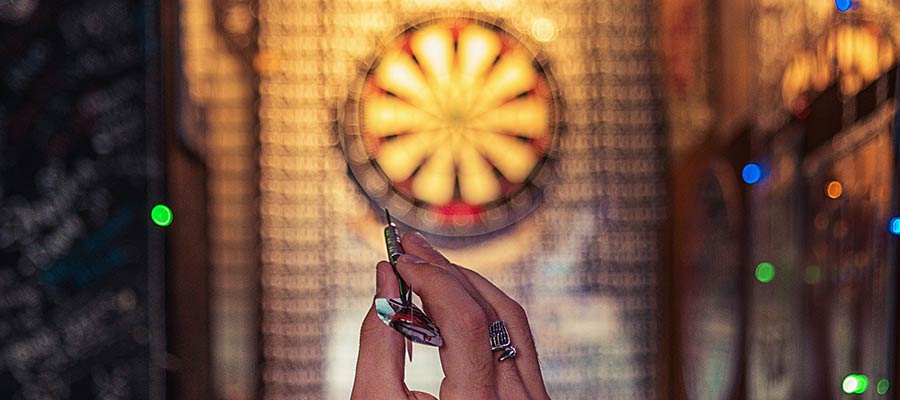Solo freelancers are generally comfortable working alone. Still, there may be projects where you’ll need to collaborate with other web designers.
And while there are plenty of benefits, it can be a tricky scenario. Unlike those who routinely work as part of a team, the process of freelancers coming together might not be so seamless. It can take a lot of effort to make things work.
Freelancing is often an individualistic pursuit. We tend to develop our own preferences and workflows. Thus, bringing a new person into the mix can lead to clashes and confusion.
Whether you’re the project’s lead or just helping out, it’s a challenge. But not to worry – we’re here to help!
Here are some tips for collaborating effectively with other web designers.
Establish Project Goals and Parameters
Before tackling the design and development processes, everyone needs to be on the same page. That’s why establishing the project’s goals and parameters for achieving them are a must.
Knowledge of the desired outcome is one part of the picture. However, you might also want to think about benchmarks at specific points within the project as well. These serve as checkpoints to keep things going smoothly.
In web design, there are multiple paths one can choose to achieve an outcome. When collaborating, some methods may be more acceptable than others. Therefore, it’s better to have these discussions before any work is done. Better safe than sorry!
The idea is that everyone involved will know what’s expected of them. It will help to keep them on task with an understanding of how the project will come together.
And while having a video chat or phone conversation is helpful, it’s also worth putting the key points into writing. This provides a reference point that can be accessed at any time. And it can also be revised as necessary.

Learn Their Preferences (And Share Yours)
The ability to listen is always a great skill to have. And particularly valuable when you’re working with other freelance designers.
As we mentioned, every designer has their own way of working. The tools they use, the way they write code, and even their entire process might differ from yours. None of these are bad things. But they may require a period of adjustment.
Therefore, it’s worth taking the time to learn about their preferences. Ask them how they approach certain aspects of a project, like creating mockups or building custom functionality. Likewise, you’ll also want to fill them in on your process as well.
For example, knowing that your colleague usually responds to messages at the end of the workday can alleviate any fears of being ignored or lost emails. Understanding their methods for organizing and documenting projects provide an idea of what to expect as things progress.
Learning this information is beneficial to everyone, and it opens the lines of communication and helps to avoid any preventable issues. Plus, it allows for some compromise when necessary.

Keep in Touch
Whether you’re working with someone for the first time or the hundredth, communication means a lot. It ensures that goals are being met and little problems don’t become big ones.
In general, it doesn’t take a massive effort to keep in touch. There’s no need to sit through long meetings. Instead, you can leverage the power of technology.
Collaboration has been built into all kinds of tools. Messaging services such as Slack can provide space for one-on-one or group chats. Creative apps like Figma or even Google Docs let multiple people comment on and revise documents. And there are several project management apps out there that help teams track progress.
But, regardless of how you communicate, the communication itself is what matters. Having an opportunity to give or receive feedback and ask questions is a key to creating positive outcomes. Besides that, it can also enable you to build a better working relationship.
And maybe that last benefit is the biggest one of all. Becoming comfortable with your collaborators can make future projects a more cohesive experience.

The Power of Teamwork
Being part of a team (even a temporary one) isn’t always easy. It takes a willingness on all sides to communicate and adjust to how others work. But it’s usually well worth the effort.
For one, it can improve both the quality and efficiency of your projects. Each designer and developer can work to their strengths – while potentially avoiding the usual pain points.
But it’s also a great opportunity to learn something new. That could be anything from a hidden Photoshop feature to a slick CSS layout technique. You might gain knowledge that will be a significant help in your career.
Last but not least, there’s also a chance that working with another freelancer leads to even more projects. If someone has enjoyed past collaborations, they might want to bring you into the fold again down the road.
While the idea of collaborating with other web designers can seem daunting, it’s still worth considering. Once you get past any initial awkwardness, it can be a very fulfilling experience.
The post Tips for Collaborating with Other Web Designers appeared first on Speckyboy Design Magazine.
